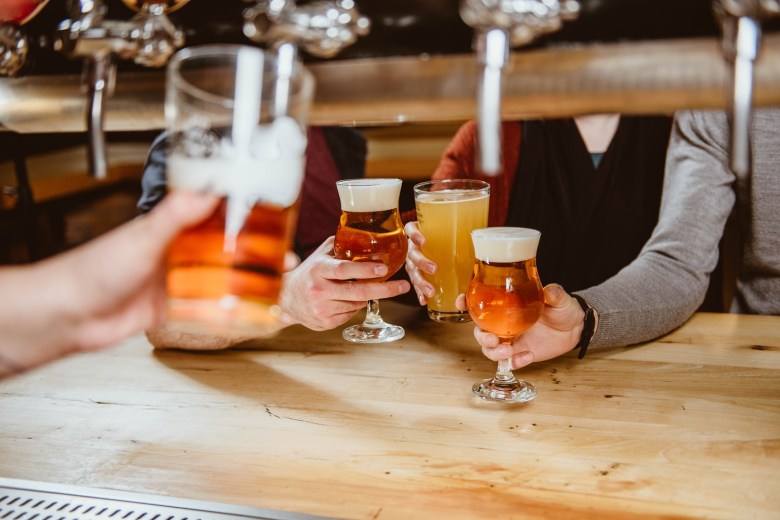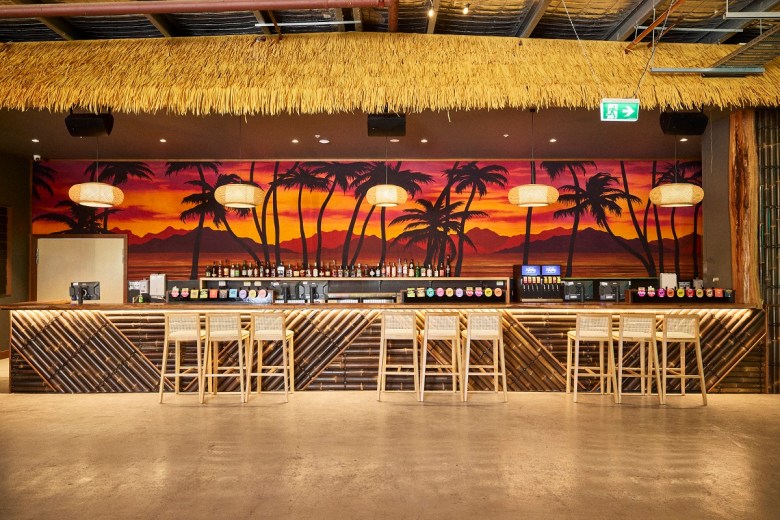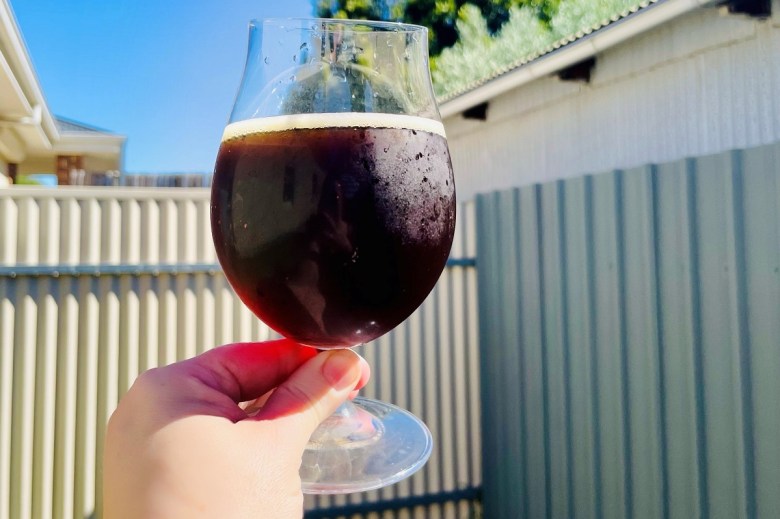An Englishman’s dream pub sparked Indy’s craft beer scene, leading to generations of brewers chasing flavor, community, and good vibes.
The post From Broad Ripple to Beer Boom: The Story of Indy’s Brewing Legacy appeared first on CraftBeer.com.
An Englishman’s dream pub sparked Indy’s craft beer scene, leading to generations of brewers chasing flavor, community, and good vibes.
The post From Broad Ripple to Beer Boom: The Story of Indy’s Brewing Legacy appeared first on CraftBeer.com.
 With many breweries facing a slow January, the Brewers Association in the United States is encouraging people to support their local breweries.
With many breweries facing a slow January, the Brewers Association in the United States is encouraging people to support their local breweries.  Moon Dog Beach Club in Frankston will open its doors on 20 December offering four bars and a beer garden.
Moon Dog Beach Club in Frankston will open its doors on 20 December offering four bars and a beer garden.  Tali Warnock from the South Australian Brewing Club shares the recipe to her Scottish Light.
Tali Warnock from the South Australian Brewing Club shares the recipe to her Scottish Light.  Tali Warnock from the South Australian Brewing Club shares the recipe to her Scottish Light.
Tali Warnock from the South Australian Brewing Club shares the recipe to her Scottish Light.  Tali Warnock from the South Australian Brewing Club shares the recipe to her Scottish Light.
Tali Warnock from the South Australian Brewing Club shares the recipe to her Scottish Light.  Tali Warnock from the South Australian Brewing Club shares the recipe to her Scottish Light.
Tali Warnock from the South Australian Brewing Club shares the recipe to her Scottish Light. Communal singing groups unite people through casual, joyful experiences blending beer and song, fostering connection and rediscovery in community spaces.
The post Singing For Your Beer: Hops & Hymn appeared first on CraftBeer.com.
 One of the classic styles, and one of the most fabulous beers steeped in history, Kölsch is often underrated and overlooked.
One of the classic styles, and one of the most fabulous beers steeped in history, Kölsch is often underrated and overlooked.  John Keske, President of Melbourne Brewers, has been kind enough to share this mouthwatering recipe of his award winning Kölsch.
John Keske, President of Melbourne Brewers, has been kind enough to share this mouthwatering recipe of his award winning Kölsch.  John Keske, President of Melbourne Brewers, has been kind enough to share this mouthwatering recipe of his award winning Kölsch.
John Keske, President of Melbourne Brewers, has been kind enough to share this mouthwatering recipe of his award winning Kölsch. “Thirty different beers based on a fan base is a unique thing.”
The post Buffalo Pils Scores a Touchdown appeared first on CraftBeer.com.
“Thirty different beers based on a fan base is a unique thing.”
The post Buffalo Pils Scores a Touchdown appeared first on CraftBeer.com.
“Thirty different beers based on a fan base is a unique thing.”
The post Buffalo Pils Scores a Touchdown appeared first on CraftBeer.com.
“Thirty different beers based on a fan base is a unique thing.”
The post Buffalo Pils Scores a Touchdown appeared first on CraftBeer.com.
“Thirty different beers based on a fan base is a unique thing.”
The post Buffalo Pils Scores a Touchdown appeared first on CraftBeer.com.
“Thirty different beers based on a fan base is a unique thing.”
The post Buffalo Pils Scores a Touchdown appeared first on CraftBeer.com.
“Thirty different beers based on a fan base is a unique thing.”
The post Buffalo Pils Scores a Touchdown appeared first on CraftBeer.com.
“Thirty different beers based on a fan base is a unique thing.”
The post Buffalo Pils Scores a Touchdown appeared first on CraftBeer.com.
“Thirty different beers based on a fan base is a unique thing.”
The post Buffalo Pils Scores a Touchdown appeared first on CraftBeer.com.
“Thirty different beers based on a fan base is a unique thing.”
The post Buffalo Pils Scores a Touchdown appeared first on CraftBeer.com.
“Thirty different beers based on a fan base is a unique thing.”
The post Buffalo Pils Scores a Touchdown appeared first on CraftBeer.com.
“Thirty different beers based on a fan base is a unique thing.”
The post Buffalo Pils Scores a Touchdown appeared first on CraftBeer.com.
“Thirty different beers based on a fan base is a unique thing.”
The post Buffalo Pils Scores a Touchdown appeared first on CraftBeer.com.
“Thirty different beers based on a fan base is a unique thing.”
The post Buffalo Pils Scores a Touchdown appeared first on CraftBeer.com.
“Thirty different beers based on a fan base is a unique thing.”
The post Buffalo Pils Scores a Touchdown appeared first on CraftBeer.com.